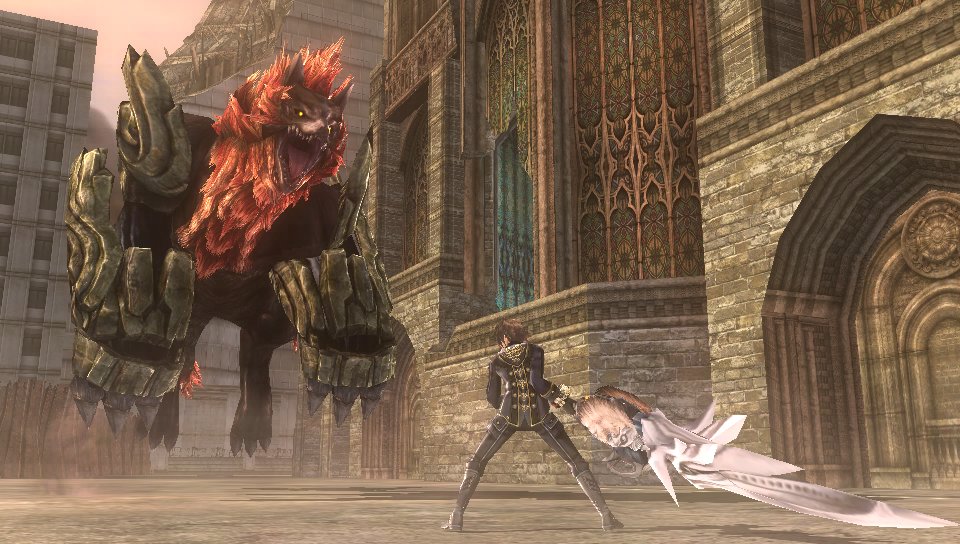Hel

“Hel” means “hidden” in Previous Norse, which is an apt identify for this creature given how little details about her is obtainable. She is a goddess and giantess who guidelines the Norse underworld. Norse textual content describes her as uncaring and grasping. In response to one thirteenth-century scholar, Hel is Loki’s (keep in mind him from the “Thor” and “Avenger” motion pictures?) and big Angrboða’s daughter.
Fenrir

An enormous wolf, he’s Hel’s sister – additionally the son of Loki and Angrboða. The Aesir gods (one of many two predominant tribes of Norse gods) tried to maintain Fenrir beneath management by elevating him beneath their roof. Nevertheless, Fenrir grew too shortly, and the gods tried to bind him to forestall him from destroying the world. Whereas this labored quickly, Fenrir finally escaped, roaming the world and consuming all the things in his path – together with the deity Odin, Loki’s adoptive father. One in all Odin’s sons lastly caught up with Fenrir and killed him to avenge Odin’s dying.
Jormungand
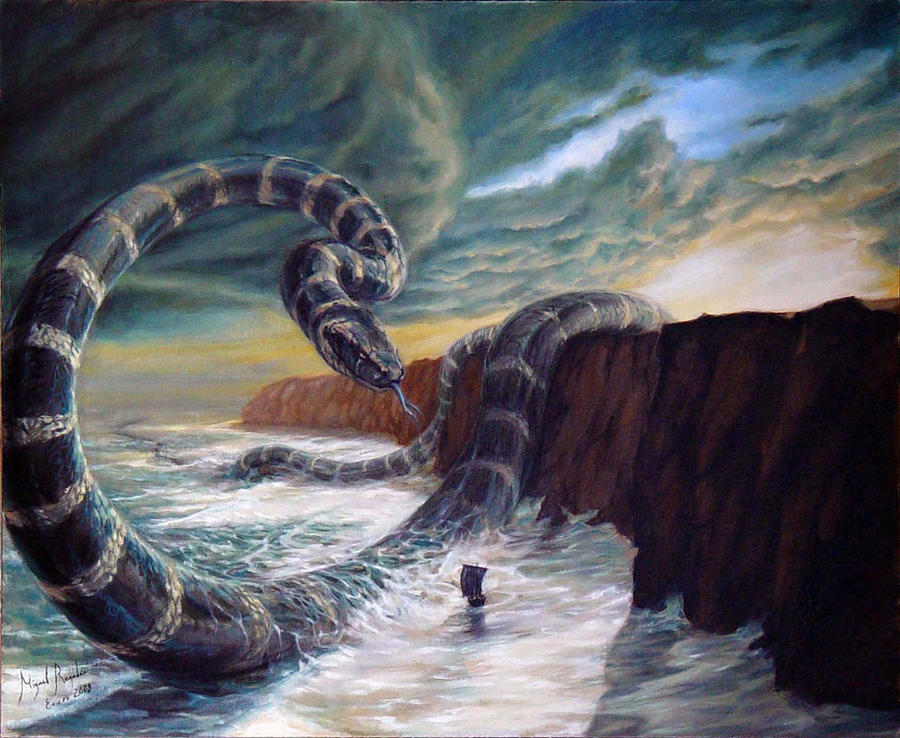
One other sibling of Fenrir and Hel, this creature is a snake so huge that he lives within the ocean surrounding the earth. Norse literature mentions Jormungand as one among god Thor’s greatest enemies – they battle twice and find yourself killing one another. Within the Center Ages, this huge reptile was blamed for earthquakes.
Ymir

An enormous whose identify means “scream,” Ymir is a hermaphroditic being born when fireplace from the Land of the Fireplace Giants and ice from the World of Fog collides. Ymir is killed by two brothers who then create the universe from his corpse.
Skadi
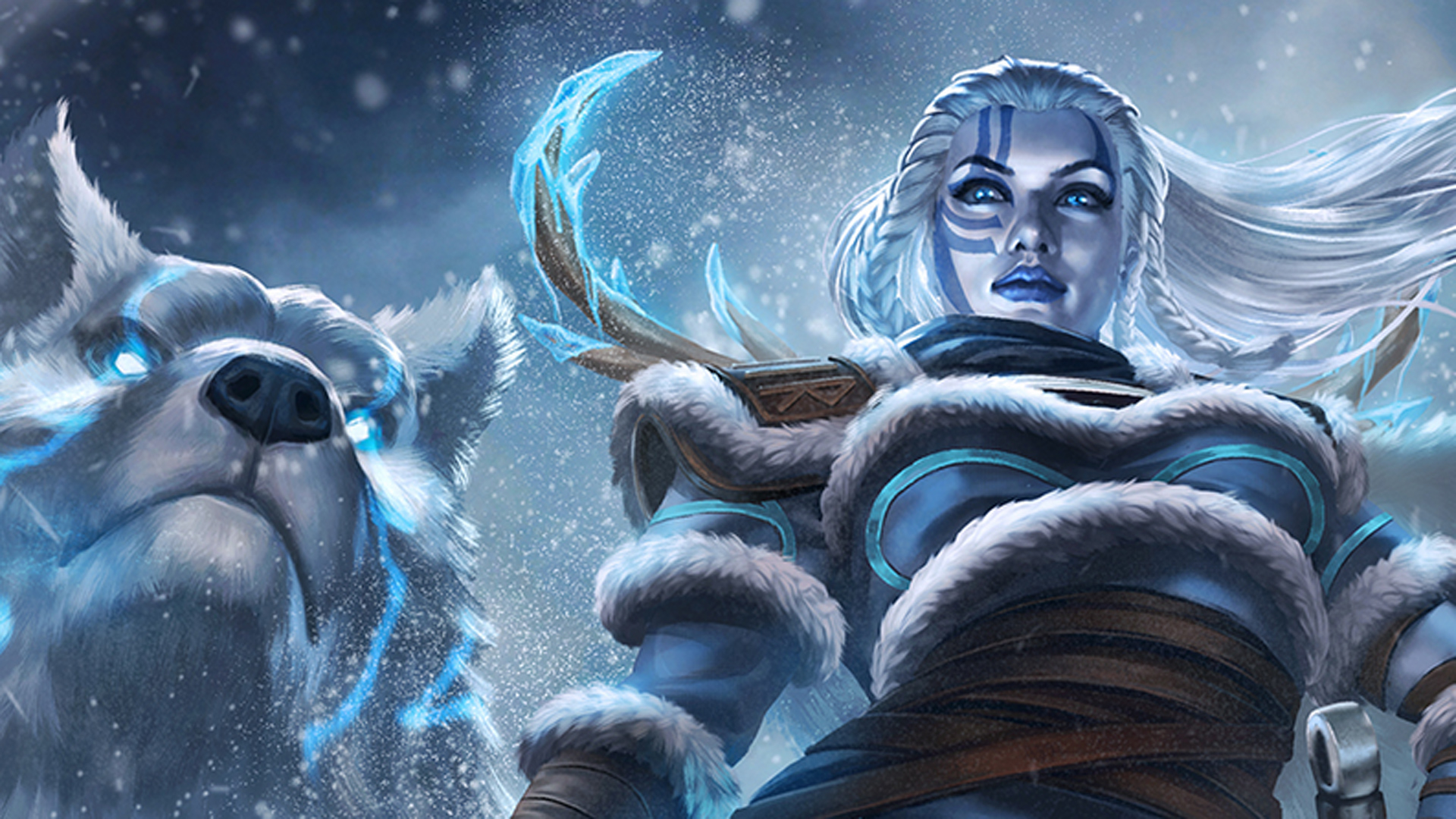
A giantess by beginning and a goddess by marriage, Skadi lives within the snowy mountains. In Norse mythology, giants symbolize dying, chilly and darkness, which appears to completely describe Skadi. She was briefly married to god Njord, who lived by the ocean, however they parted methods when neither one might bear to reside away from their pure habitats. As Norse giants go, she is without doubt one of the extra benevolent ones, seeming primarily to function the patron goddess for winter actions.
Aeger and Ran
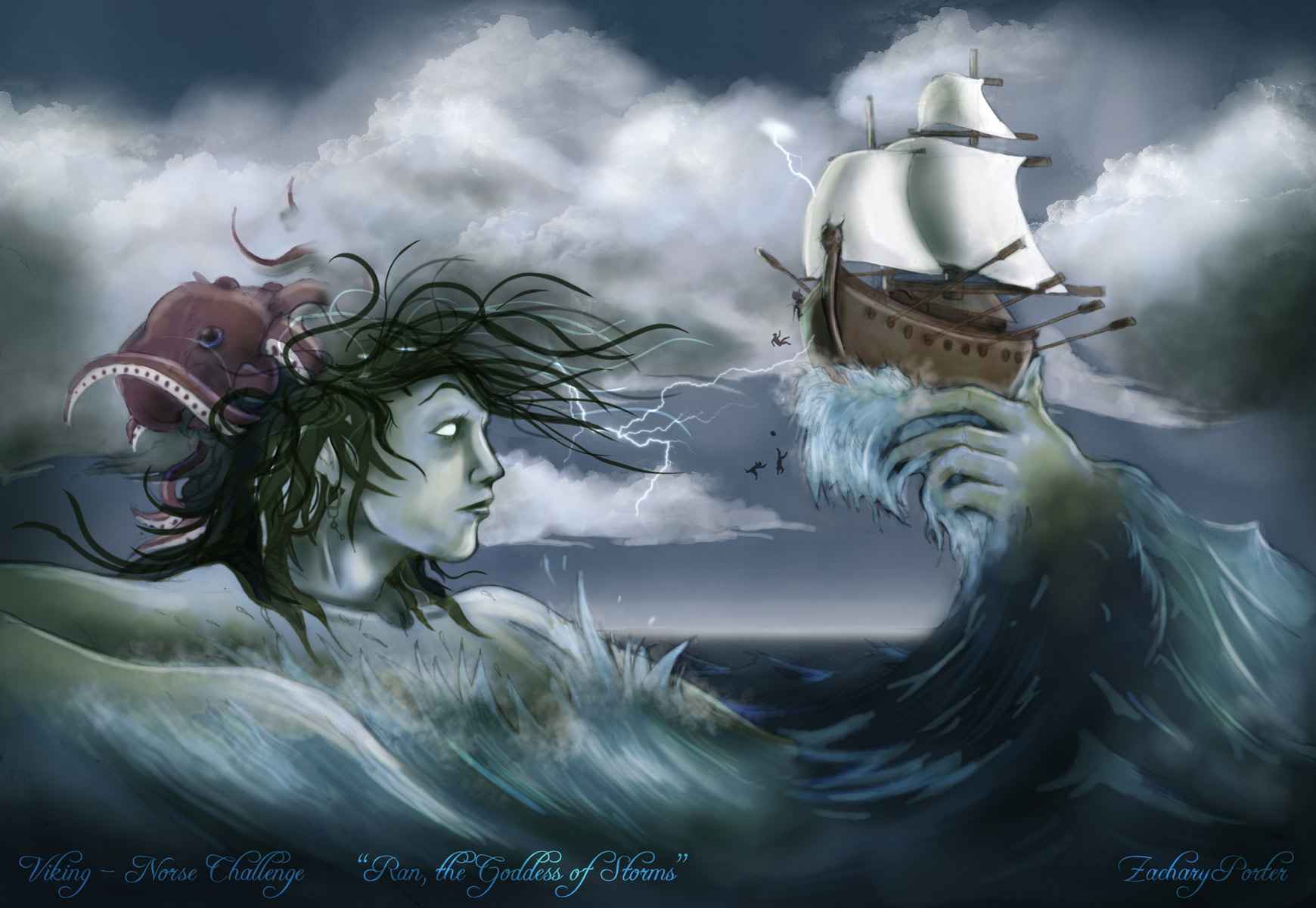
Husband and spouse, this big couple reside beneath the ocean and have some management over it. Ran, which means “robber” in Previous Norse, spends her time drowning sailors by dragging them to her underwater fortress. Regardless of this, these giants are on good phrases with the Norse gods. They’ve 9 daughters, referred to as the spirits of the waves.
Nidhogg
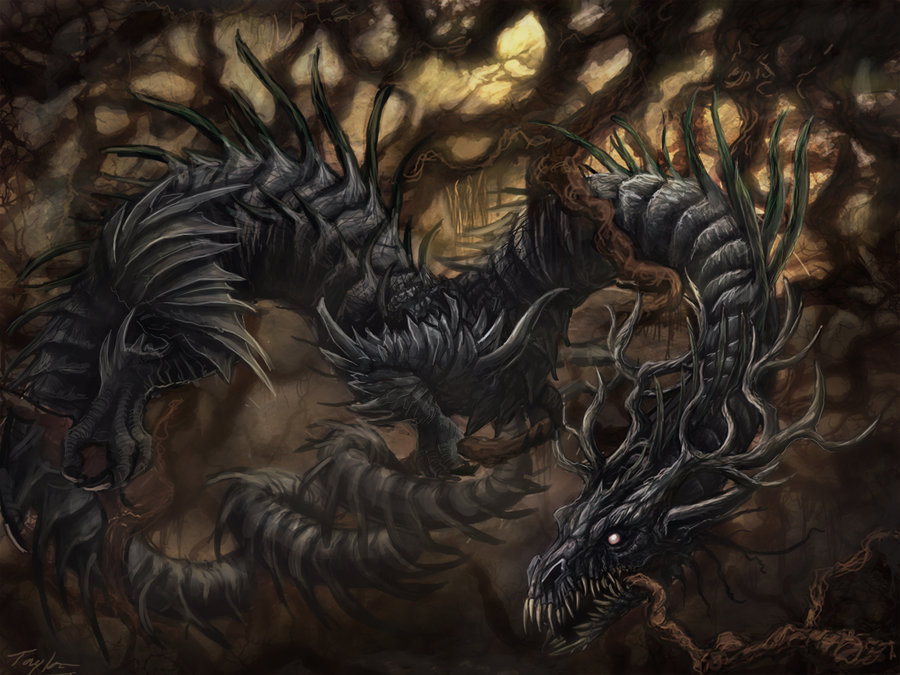
The nice tree Yggdrasil helps the 9 Worlds of Norse mythology – and Nidhogg is a big dragon that eats its roots. His objective is to destroy the tree and ship the Worlds again into chaos. He additionally guards The Shore of Corpses within the underworld, the place perjurers, murderers, and adulterers are despatched.
Skoll and Hati

A pair of big wolves, Fenrir is their father. They observe of their father’s footsteps, as they spend their free time chasing the solar and moon within the hopes of consuming them. When the universe falls aside, they use the chance to catch their prey.
Garm

This wolf lives within the Norse underworld and is a part of the forces of destruction. He’s also called the “hound of Hel,” virtually a pet to the underworld goddess Hel. He’s a pressure of chaos that escapes from the underworld as a logo that the 9 Worlds are ending. He additionally helps destroy the 9 Worlds.
